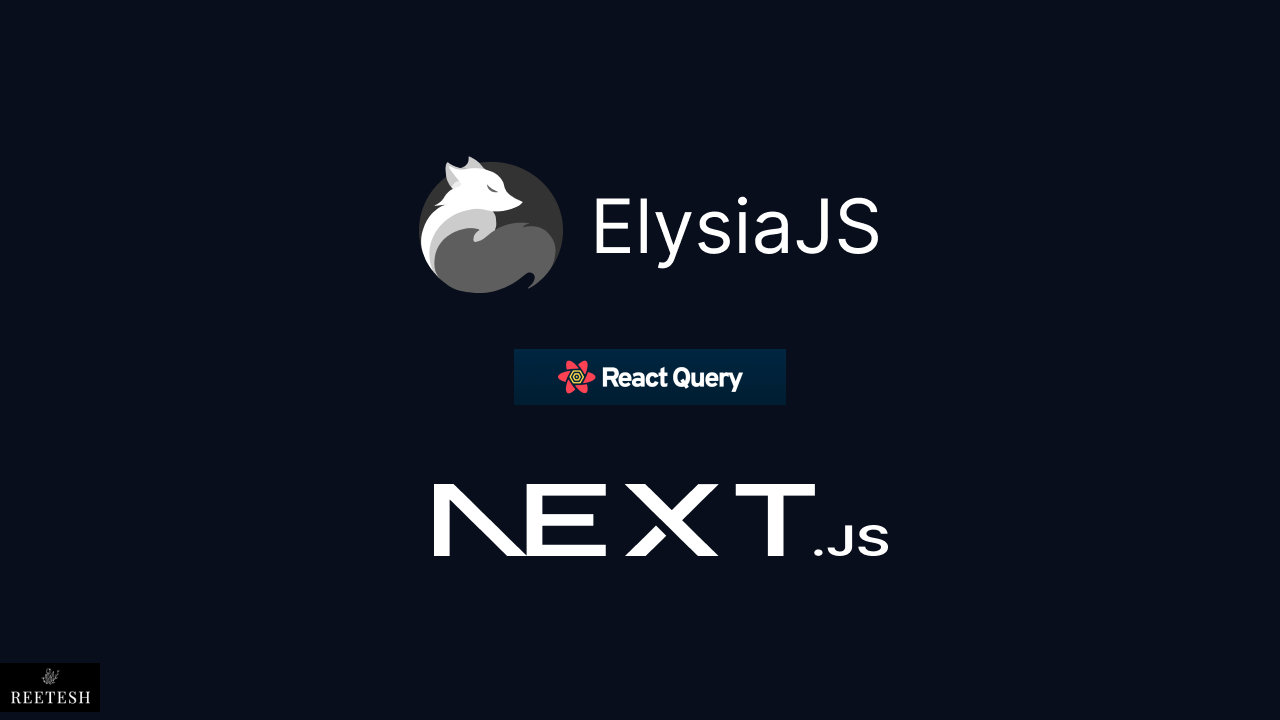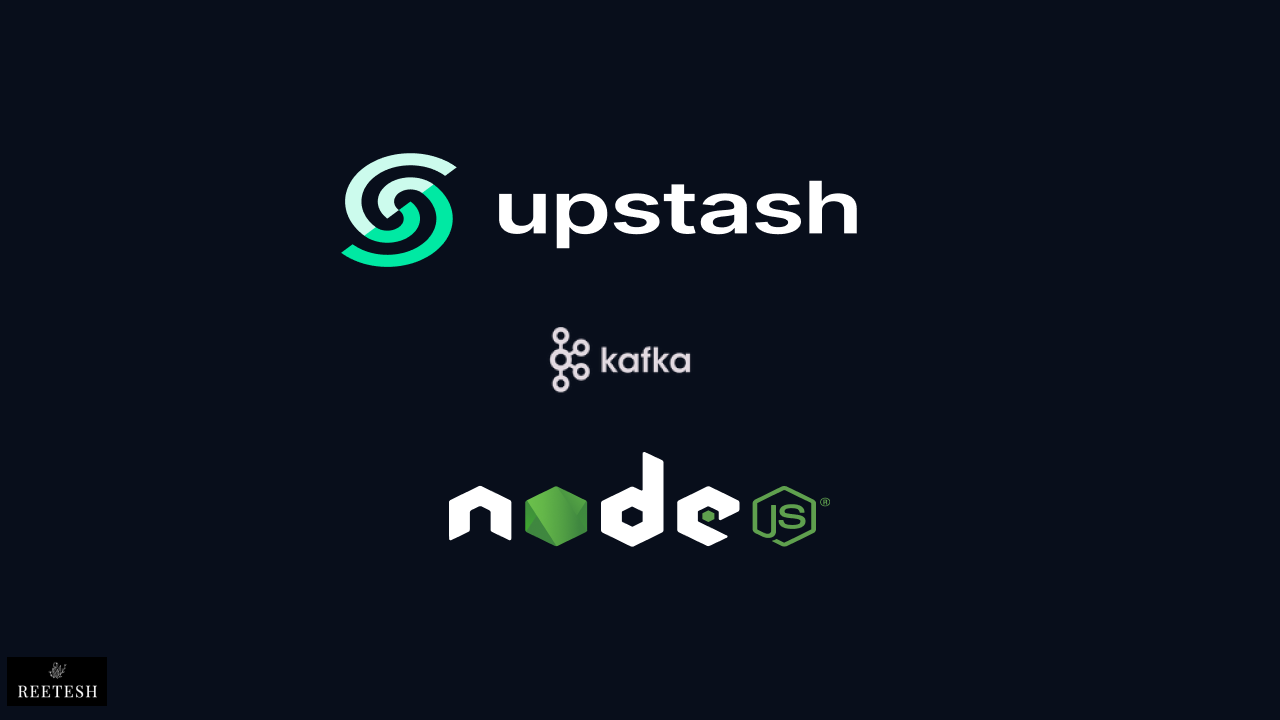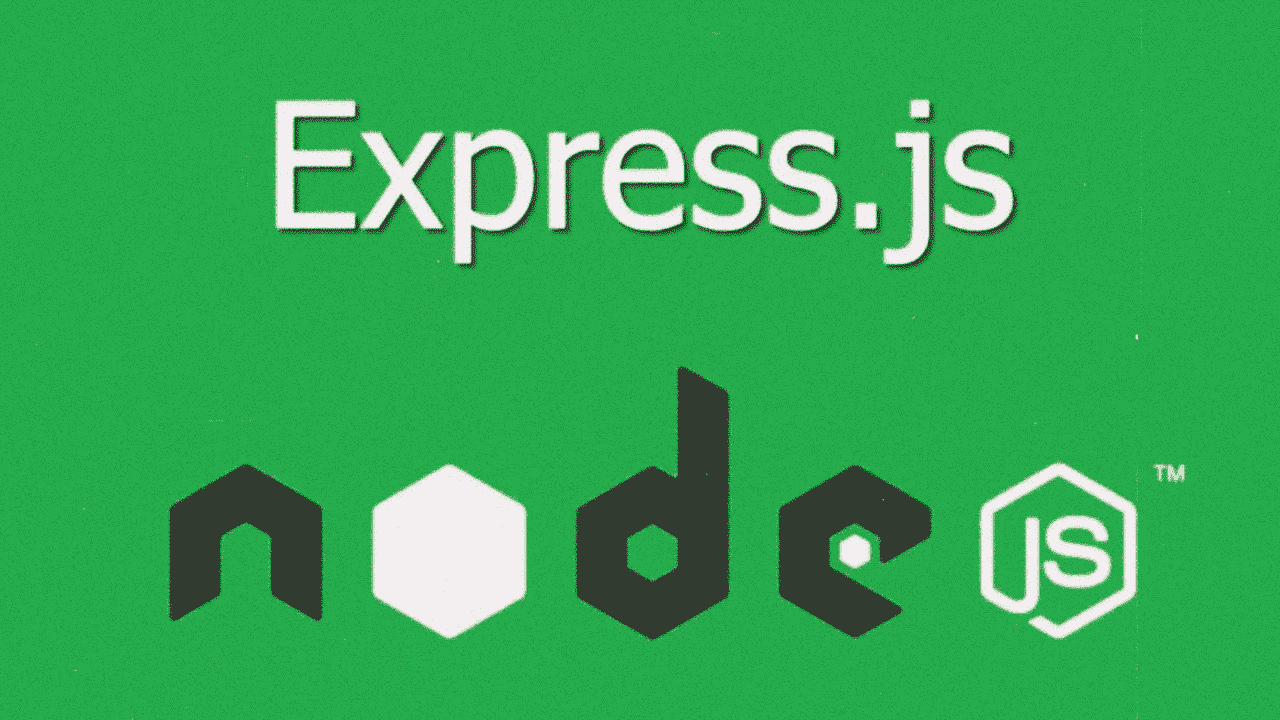Creating Rest API on BUN with ElysiaJS
Dec 28, 2023
0
What is ElysiaJS?#
Elysia is built with simplicity and type-safety in mind. Highly performant and Optimized for Bun. Allowing developers to create server with familiar APIs like Express and Fastify. Bun is a lightweight and fast JavaScript runtime aiming to be a drop-in replacement for Node.js, resulting in performance benefits.
In this article, we will create a simple REST API using ElysiaJS and Bun. We will also use MongoDB as our database.
Installation
curl -fsSL https://bun.sh/install | bashYou need to install Bun in your system so that we can use it to create our project.
Create a new project
bun create elysia rest-apiThis will create a new project named rest-api in the current directory.
Install dependencies
cd rest-api
bun install mongooseWe will use mongoose as our database driver. You can use any other driver as well.
Create a model#
Create a new file rest-api/src/models/user-model.ts with the following code:
import mongoose from 'mongoose';
export interface IUser extends mongoose.Document {
name: string;
email: string;
password: string;
}
const UserSchema = new mongoose.Schema({
name: { type: String, required: true },
email: { type: String, required: true },
password: { type: String, required: true },
});
export default mongoose.model<IUser>('User', UserSchema);Here we have created a simple model for our user. We will use this model to create, update, delete and get users from our database.
ElysiaJS with Next.JS and React Query
Elysia is an ergonomic web framework for building backend servers. Fully Type safe RPC which makes fun building backend and API using elysia.
Read Full Post
Create a controller#
Create a new file rest-api/src/controllers/user-controller.ts with the following code:
import Elysia from 'elysia';
import user from '../models/user-model';
type TUser = {
name: string;
email: string;
password: string;
};
export const UserController = (app: Elysia) => {
app.post('/user', async (context) => {
const { name, email, password } = context.body as TUser;
const newUser = await user.create({
name,
email,
password,
});
return newUser;
});
app.get('/user', async () => {
const users = await user.find();
return users;
});
app.put('/user/:id', async (context) => {
const { id } = context.params;
const { name, email, password } = context.body as TUser;
const updatedUser = await user.findByIdAndUpdate(
id,
{
name,
email,
password,
},
{ new: true }
);
return updatedUser;
});
app.delete('/user/:id', async (context) => {
const { id } = context.params;
await user.findByIdAndDelete(id, { new: true });
return 'User deleted';
});
return Promise.resolve(app);
};Here we created a controller for our user model. We implemented all the CRUD operations for our user model.
Obviously for good approach you can create a separate routes file and import your controller there. also for error handling you can use try/catch block.
Create a server#
Move to app/src/index.ts file with the following code:
import { Elysia } from 'elysia';
import mongoose from 'mongoose';
import { UserController } from './controller/user-controller';
const app = new Elysia();
app.use(UserController);
const PORT = process.env.PORT || 4001;
mongoose
.connect('mongodb://localhost:27017/elysia')
.then(() => {
app.listen(PORT, () => {
console.log(`Server is up and running on port ${PORT}`);
});
})
.catch((err) => {
console.log(err);
});Above we created a server and connected to our database. We also used our user controller and passed to Elysia middleware.
Implement Authentication for our API#
We will use simple key based authentication for our API. But you can use any other authentication method as well as the process will be same.
bun install @elysiajs/bearerThis is how our complete server code will look like:
import { Elysia } from 'elysia';
import mongoose from 'mongoose';
import { UserController } from './controller/user-controller';
import { bearer } from '@elysiajs/bearer';
const app = new Elysia();
app.use(bearer()).onBeforeHandle(async ({ bearer }) => {
if (!bearer) throw new Error('Unauthorized');
const isAuthorized = bearer === '12345678';
if (!isAuthorized) {
throw new Error('Unauthorized');
}
});
app.use(UserController);
const PORT = process.env.PORT || 4001;
mongoose
.connect('mongodb://localhost:27017/elysia')
.then(() => {
console.log('Connected to MongoDB');
app.listen(PORT, () => {
console.log(`Server is up and running on port ${PORT}`);
});
})
.catch((err) => {
console.log(err);
});We used bearer plugin which is provided by Elysia. After that we used onBeforeHandle method which will run first where we are checking authentication for our API.
We are passing 12345678 as Bearar token in our request header. and we are checking if the token is valid or not. By default, Elysia in case of invalid token will return 404 status code with Unauthorized message.
Conclusion#
In this article, we created a simple REST API using ElysiaJS and Bun. We also implemented authentication for our API. You can find the complete code on Github
That's it for this article. I hope you found it useful. If you have any questions or feedback, please share in comment section. I will be happy to answer them.


Comments (0)